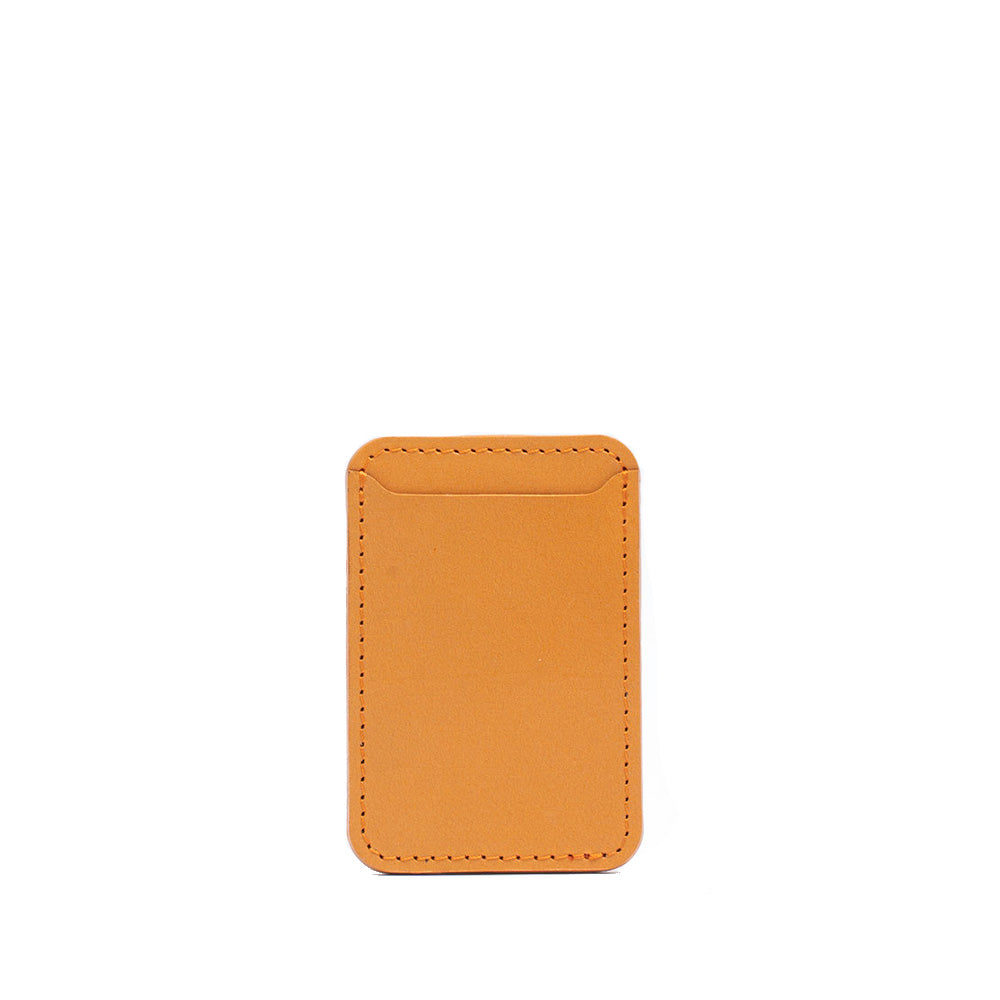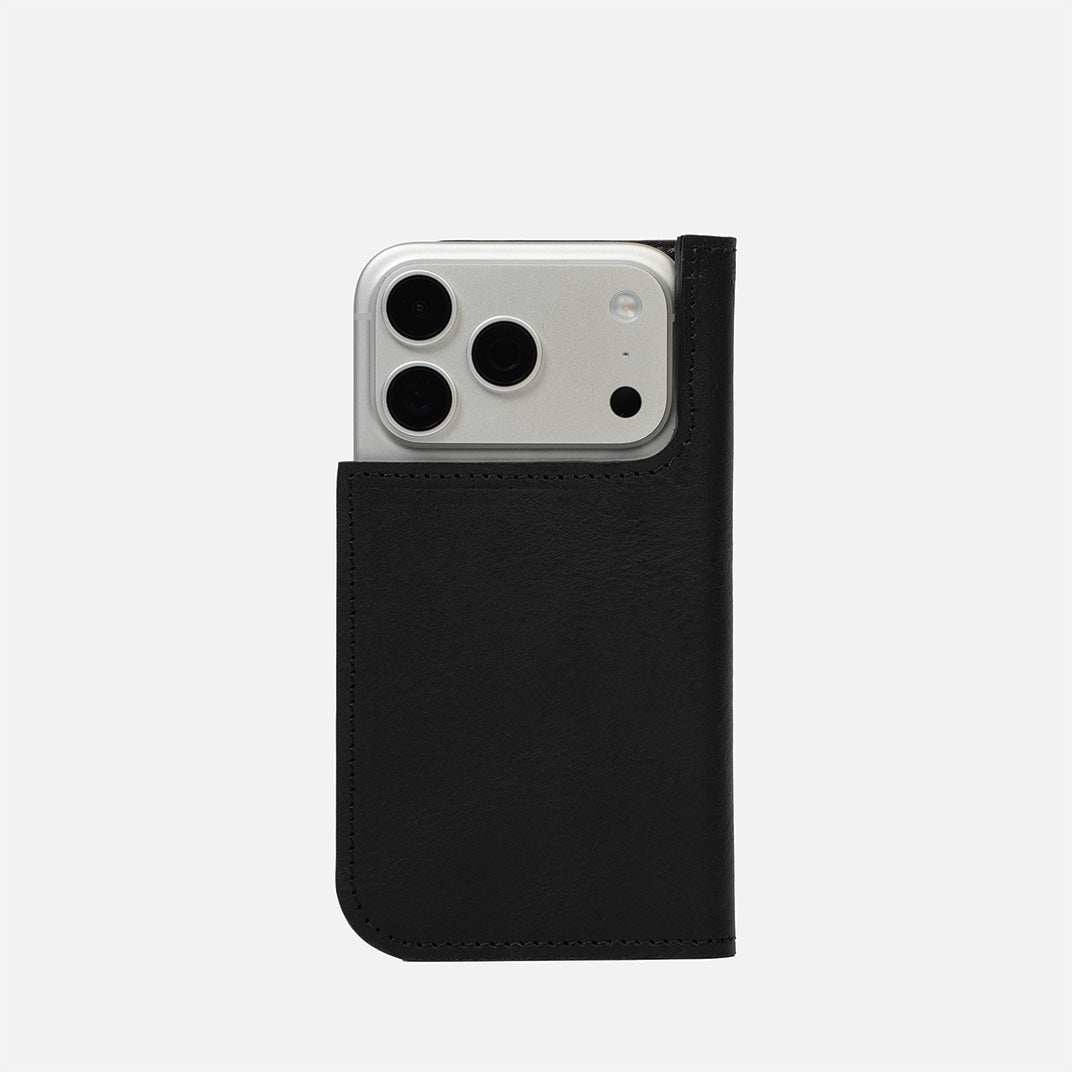The Apple Watch Series 9, like its predecessors, is not equipped with a built-in blood pressure monitor. However, it can work in conjunction with external blood pressure monitoring devices to help users measure and record their blood pressure. Here's a guide on how you could measure your blood pressure using an Apple Watch Series 9:
1. Selecting a Compatible Blood Pressure Monitor:
- Choose a blood pressure monitor that is compatible with Apple Health app, as this will allow for seamless integration with your Apple Watch and iPhone.
- Brands such as Omron and Withings offer blood pressure monitors that can sync data with the Apple Health app.
2. Setting Up Your Blood Pressure Monitor:
- Follow the instructions included with your blood pressure monitor to set it up and connect it to your Apple Watch or iPhone via Bluetooth.
- Some blood pressure monitors may require you to download a companion app from the App Store.
3. Measuring Your Blood Pressure:
- To measure your blood pressure, follow the instructions provided with your blood pressure monitor.
- Typically, you’ll need to sit quietly, place the cuff on your upper arm, and start the measurement using the companion app or the device itself.
4. Syncing Data to Apple Health:
- Once you’ve measured your blood pressure, ensure that the data is synced to the Apple Health app.
- If you’re using a companion app, you may need to allow permissions for data sharing with Apple Health.
5. Viewing Blood Pressure Data on Your Apple Watch:
- On your Apple Watch, open the Apple Health app.
- Navigate to the Blood Pressure section to view your recorded blood pressure readings.
6. Sharing Data with Your Healthcare Provider:
- If desired, share your blood pressure data with your healthcare provider directly from the Apple Health app.
- You can also export your blood pressure data to a PDF or other file formats for sharing.
7. Maintaining a Regular Monitoring Schedule:
- Establish a regular schedule for monitoring your blood pressure to track trends over time.
- Set reminders on your Apple Watch or iPhone to help you stay on track with your monitoring routine.
8. Analyzing Trends:
- Utilize the analytics features within the Apple Health app or third-party apps to analyze trends and gain insights into your blood pressure data.
9. Consulting with Your Healthcare Provider:
- Discuss your blood pressure data and any concerns with your healthcare provider to ensure you’re managing your blood pressure effectively.
By following these steps, you can effectively measure, monitor, and manage your blood pressure using your Apple Watch Series 9, even though it doesn’t have a built-in blood pressure monitoring feature.




